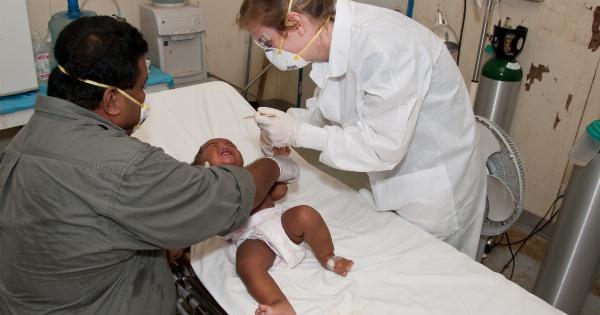Appendicitis is a common pediatric surgical emergency that affects thousands of children every year. Traditionally, the treatment for appendicitis has primarily involved surgery, specifically an appendectomy.
However, recent advancements in medical research have explored alternatives to surgery, considering the potential benefits they offer. This article aims to delve into these alternatives, their effectiveness, and their potential impact on pediatric appendicitis management.
Nonsurgical Management Options
1. Antibiotic Therapy:.
One of the primary alternatives to surgery for pediatric appendicitis is the use of antibiotic therapy.
This approach involves the administration of antibiotics to combat the infection and inflammation of the appendix rather than removing it surgically.
2. Observational Management:.
In some cases, pediatric appendicitis can be managed through a period of observation. This approach involves closely monitoring the child’s symptoms, arranging regular examinations, and assessing their response to conservative treatment.
If the condition improves or resolves without surgical intervention, surgery can be avoided.
3. Fluid Resuscitation and IV Antibiotics:.
In cases where initial intervention is required for a child with appendicitis, providing fluid resuscitation and intravenous antibiotics can help stabilize the patient’s condition and potentially eliminate the need for surgery.
Evidence and Effectiveness
1. Antibiotic Therapy:.
A landmark study published in 2015, known as the APPAC trial, compared surgical intervention with antibiotic therapy for uncomplicated acute appendicitis in pediatric patients.
The study found that antibiotic therapy was successful in nearly two-thirds of cases, with no significant difference in complications or quality of life compared to surgery. However, it is important to note that surgical intervention may still be required in certain cases.
2. Observational Management:.
Observational management has shown promise in several studies, with a significant proportion of children recovering from appendicitis without surgical intervention.
A study published in JAMA Pediatrics demonstrated that around 70% of children who initially received conservative treatment did not require appendectomy within one year. However, close monitoring and thorough follow-up are vital in such cases to promptly intervene if necessary.
3. Fluid Resuscitation and IV Antibiotics:.
When surgery cannot be immediately performed, fluid resuscitation and intravenous antibiotics can stabilize the child’s condition and potentially improve overall outcomes.
This approach, although temporary, has shown effectiveness in preventing further complications until surgery becomes feasible.
Considerations and Limitations
1. Severity of Appendicitis:.
Alternative therapies are generally more suitable for uncomplicated or less severe cases of pediatric appendicitis.
Severe or complicated appendicitis, with perforation or abscess formation, often requires immediate surgical intervention to prevent further complications.
2. Appropriate Patient Selection:.
Careful patient selection is essential when considering nonsurgical management options. Factors such as the child’s age, symptoms, medical history, and overall well-being must be evaluated to determine the most appropriate course of action.
3. Parental Informed Consent:.
It is crucial for healthcare professionals to adequately communicate the risks, benefits, and limitations of nonsurgical alternatives to the parents or guardians of pediatric patients.
Informed consent is vital to ensure that families understand the potential consequences and actively participate in the decision-making process.
Conclusion
While surgery has traditionally been the gold standard for treating pediatric appendicitis, alternative approaches are gaining recognition in the medical community.
Antibiotic therapy, observational management, and initial conservative interventions can be effective alternatives, reducing the need for surgical intervention in some cases. However, careful patient selection, close monitoring, and further research are necessary to establish clear guidelines for the optimal management of pediatric appendicitis.

























